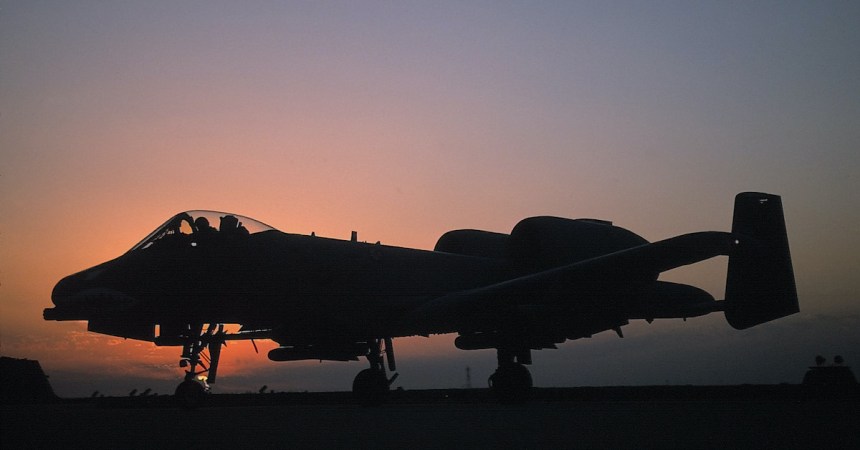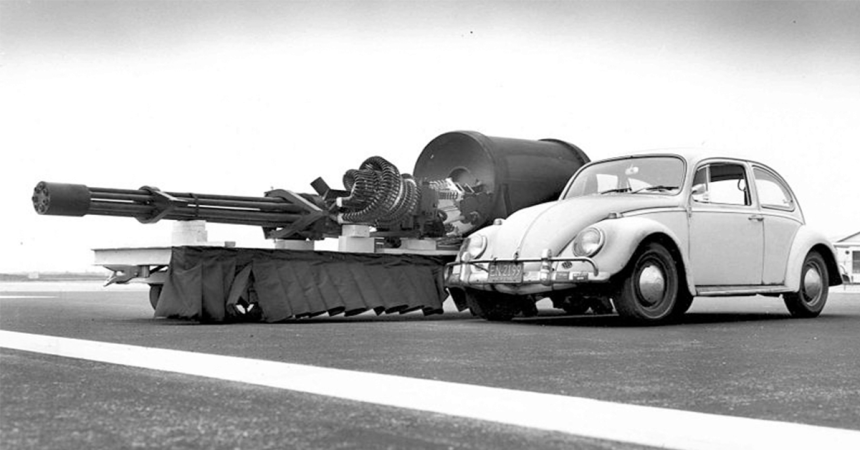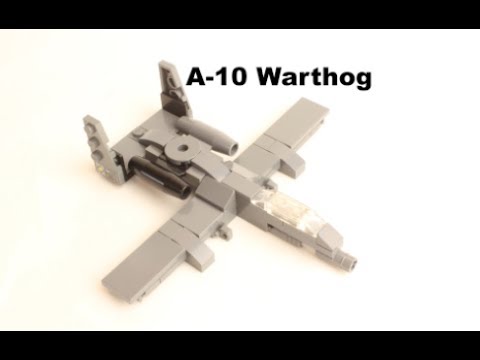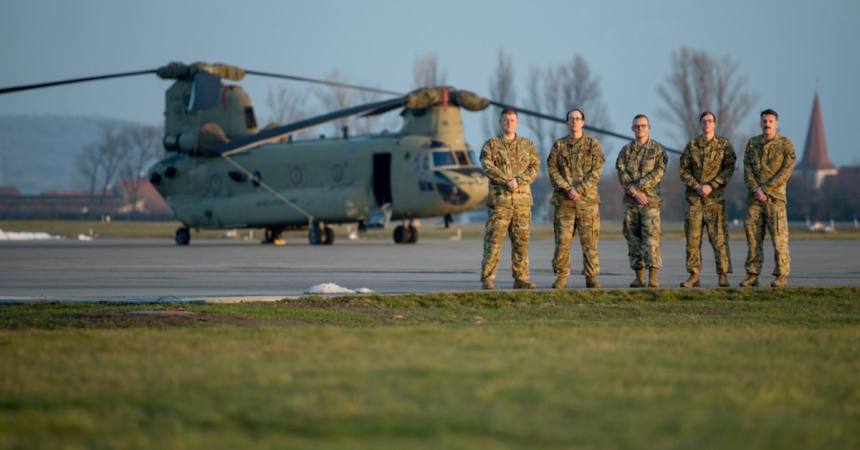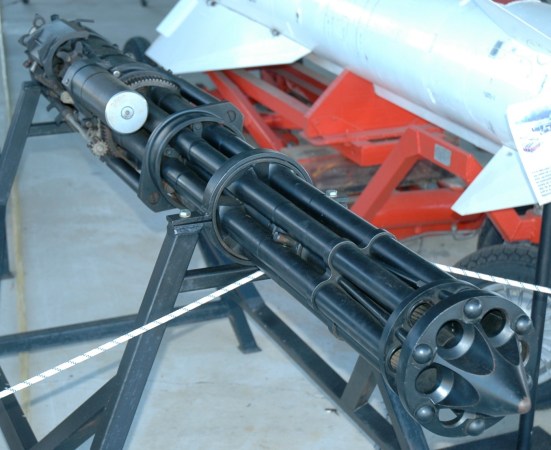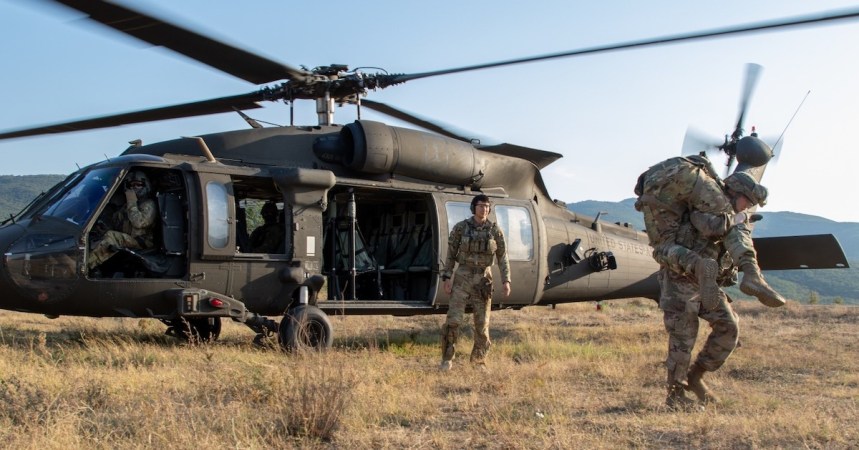We all know troops on the ground love their air support — especially from planes like the A-10 Thunderbolt II.
But those planes need to know what to hit. How does that happen?
Well, the Air Force’s Joint Terminal Attack Controllers are who make that happen. JTACs are members of what are known as Tactical Air Control Parties, and their task is to coordinate air support for ground units. Becoming a JTAC isn’t easy. Business Insider has a look at the process of how someone goes from civilian on the street to becoming one of these elite personnel.
In 2015, the Army and Air Force formalized the embedding of Air Force JTACs in Army units down to the company level. These personnel aren’t just good at bringing down firepower, they can even advise ground commanders on how to handle cyberspace operations.

But it’s not just train, deploy, and be done. There’s always a need to refresh skills, and there are always new perspectives. So, recently, some JTACs with the 93rd Air Ground Operations Wing were joined by JTACs from the Royal Air Force. The cross-training helps, primarily by breaking down communications barriers.
“Since we’re going to be working together, we need to practice together before we go do that in the real world,” RAF Flight Sergeant Simon Ballard said. The RAF controllers are familiar with the U.S. Air Force, particularly the A-10s, which they praise effusively.

“While I was a JTAC in Afghanistan, the vast majority of our aircraft were U.S. aircraft,” British Squadron Leader Neil Beeston said.
The ultimate benefit to this cross-training, though, is that the stakes are lower. Master Sgt. Francisco Corona told the Air Force News Service, “I’d rather integrate in (training) where we can make mistakes and learn from them instead of making mistakes in a deployed location.”





